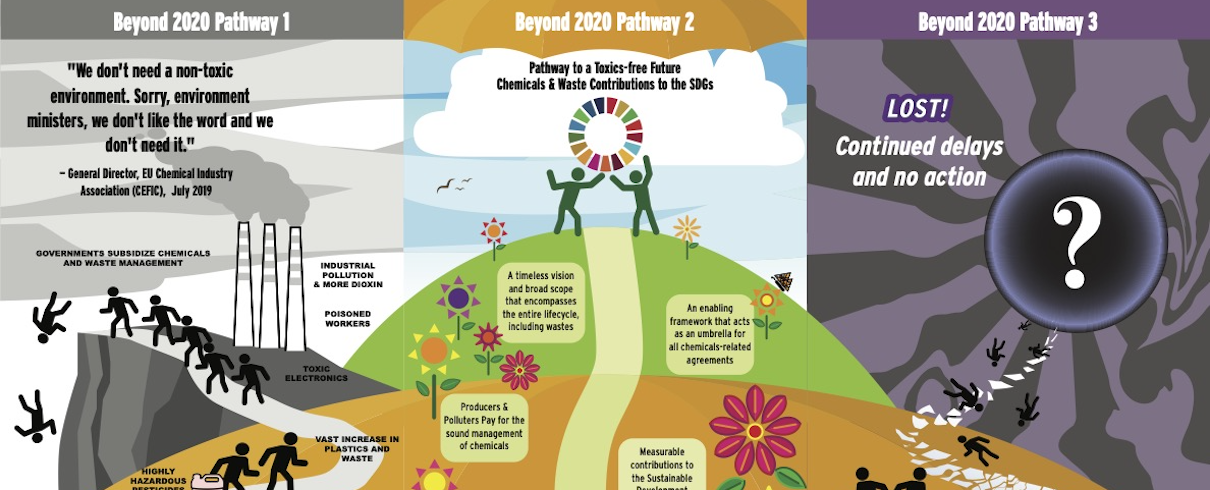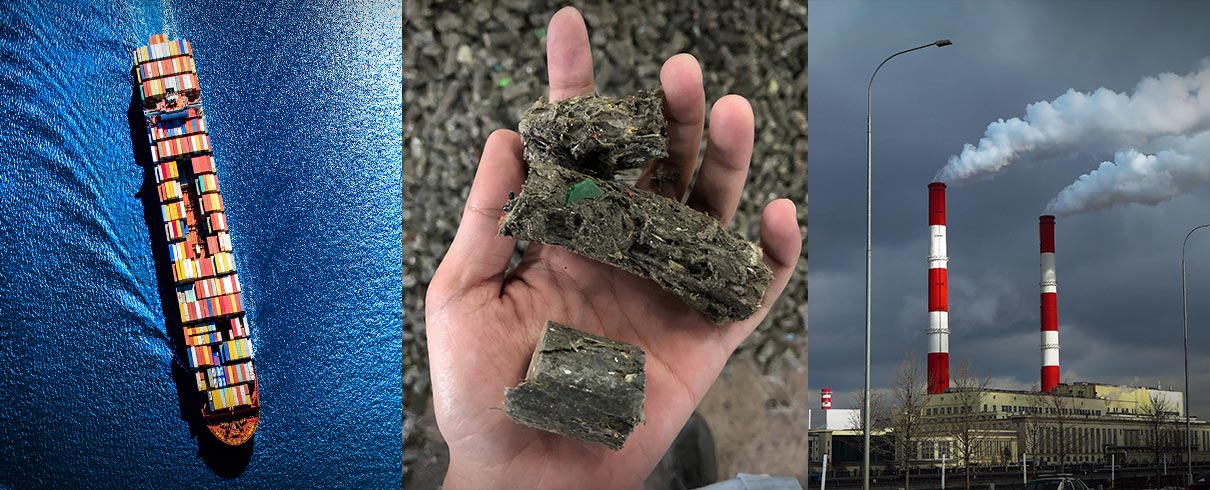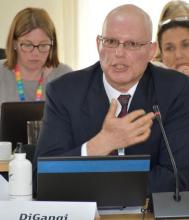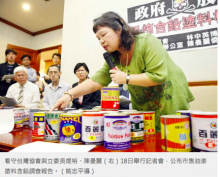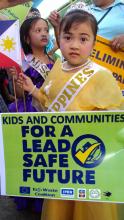Annual Worldwide Lead Exposure Costs are 7 Times the Amount Low- and Middle-Income Countries Receive in Development Assistance
(Nairobi, Kenya) Worldwide, the annual costs of lead exposure are $977 billion international dollars, with developing countries bearing the great majority of costs, according to research and a new interactive map released today that shows country-by-country costs. Overall, the costs of lead exposure are 7 times the amount of funding provided to developing countries in development aid in 2014.[i]
Economic Costs of Childhood Lead Exposure in Low-and Middle-Income Countries was developed by New York University School of Medicine, Department of Pediatrics (NYU) and released today at the 2nd United Nations Environment Assembly meeting held in Nairobi, Kenya. The website can be accessed at: http://nyulmc.org/pediatricleadexposure. The map was created to help governments see the costs of lead exposure in their own countries; compare those costs with other countries; and compare costs with the amount of development assistance their country receives.
